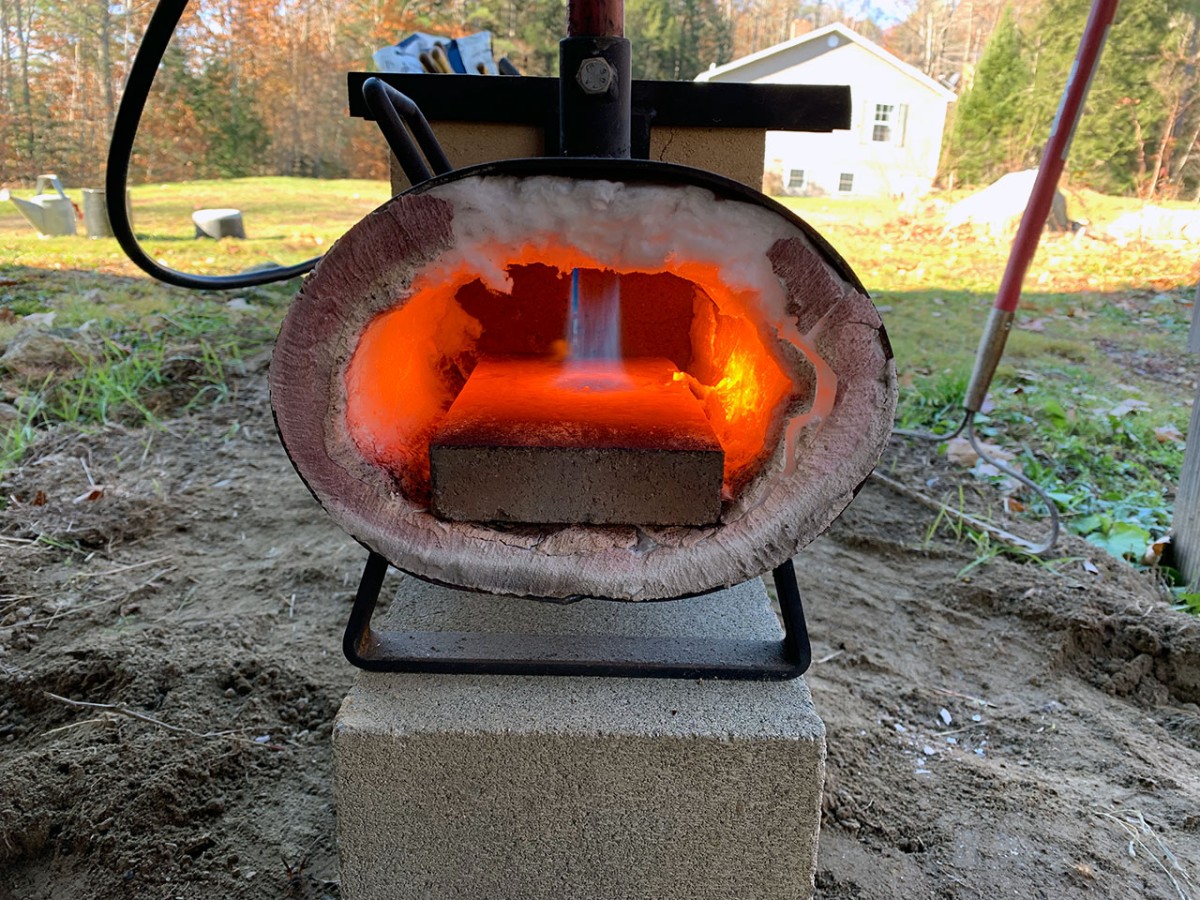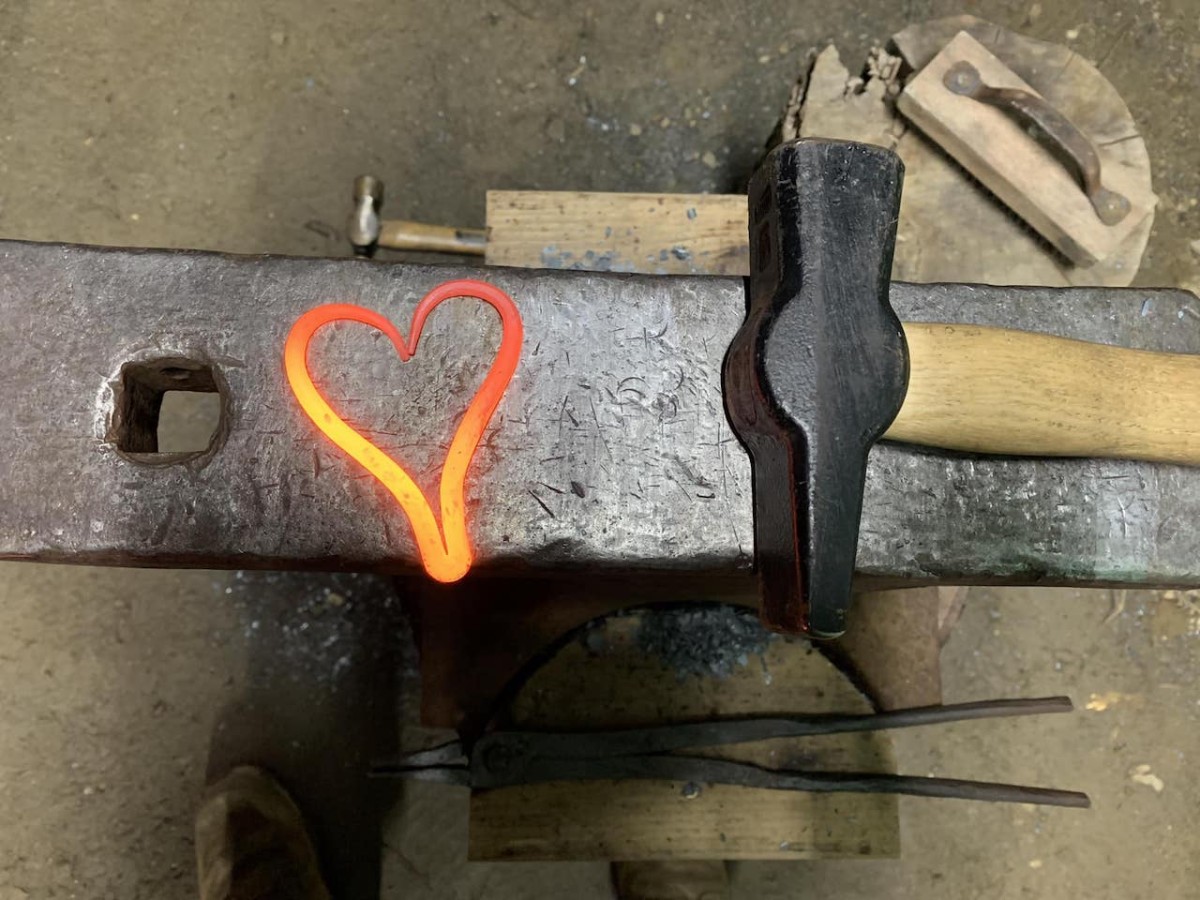I want to be clear that I’m not a master blacksmith. However, as a relative beginner compared to many I’ve figured out a few things, and of course seen the great advice of better blacksmiths. That’s what I wanted to share with you today.
Start Small
There’s a reason we all tend to start off blacksmithing by forging things like hooks. Even something as simple as a coat hook has a lot in the process you can learn to refine your smithing skills. You can work on tapers, hot chiseling details, hot punching for the screw hole(s), bending, scroll work, setting shoulders, and any number of things depending on how elaborate you’re going with the hook.
Starting small is sensible advice for any hobby or profession. It’s very easy to get overwhelmed when you’re starting something new. Start small, manage your expectations, and work the process.
Don’t make forging a large, decorative railing for your front steps be the first task you set yourself. Be realistic and honest with yourself because doing otherwise will only make the learning process frustrating. Learning should always be fun.
Repetition Hones Technique & Muscle Memory
With the above advice on starting small comes practice. Make a hook. Look it over to see what you could have done better and then make another, and another, and another.
Eventually you’ll have more hooks than you know what to do with – I know I do. In that process you’re getting better with your hammer technique, bending, setting shoulders, etc.
The idea with repetition is to create muscle memory. To get yourself to a point where you’re not thinking about the hammer and how to swing it because your body knows that information already.
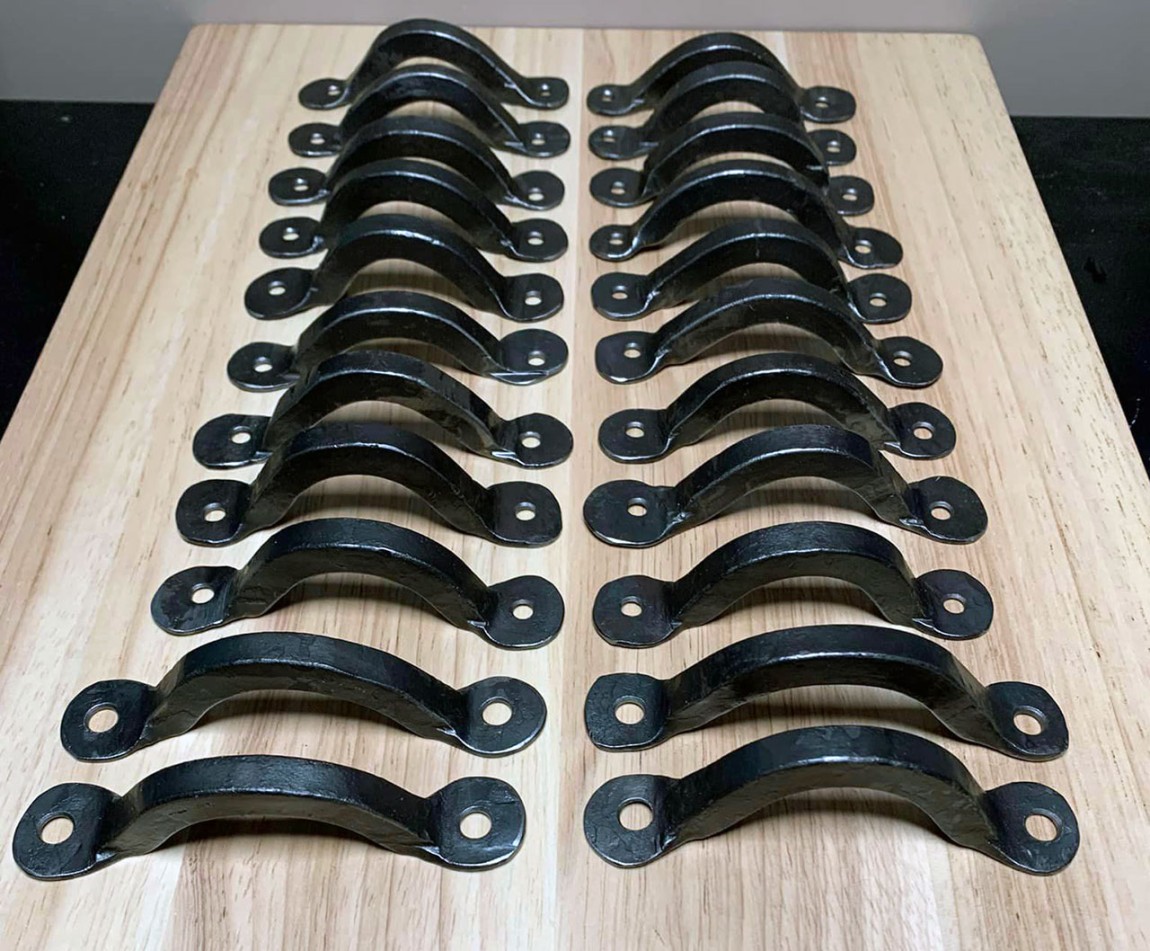
When I started blacksmithing I routinely questioned what I should be doing next or how to fix a problem. Learning how to get from point A to B may seem easy on paper but it’s another matter when you’re actually doing it.
It would take me a good 2+ hours to forge one coat hook. Whenever an issue arose in the process it would take me a while to figure out how to deal with it, and not all of my solutions actually worked.
However, as time has gone on and countless coat hooks later, I now find myself knowing what to do without thinking about it. It’s that muscle memory that makes you a better smith, lets you forge items faster, and with more confidence. The best way to get there is simply practice.
Don’t Bounce Around too Much
When I was really early into blacksmithing I jumped around a lot on projects. I’d make a hook, a fire poker, a bottle opener, a leaf pendant, etc. All the bouncing around was certainly more fun and kept me from being bored but I wasn’t really honing my skills in any particular area or technique.
There’s something to be said from repetition. You do one thing enough and not only do you get better at it but you find ways to improve on the process and improve the quality. The skills needed to make that item become ingrained and builds muscle memory.
While it’s tempting to do like I did and just make one-offs of everything, I do suggest sticking with a type of project for a while before moving onto something different.
How long you make something is up to your comfort level. If after making 3 hooks you feel confident in your ability, then move on to something else. If you’re still struggling after that 3rd hook with some part of the process, then go ahead and make a 4th.
I’m also not saying you should sit there and forge 30 hooks non-stop. Make some hooks, evaluate how you did, and if you’re bored of them, then try something else for a little while and come back to the hooks later if you’re still not comfortable.
Take a Blacksmithing Class
This isn’t something everyone will be able to do, but taking a class is a great way to get a lot of information and practice in a short amount of time.
I took a class at New England School of Metalwork that was invaluable. I took the beginner’s class there and it was 4 days at 8 hours a day. Not only did I learn a lot, it was amazing having access to a professional to not only instruct but to help when things didn’t go right.
Pardon the mask in the pictures, but this was during Covid and my wife is immune compromised.
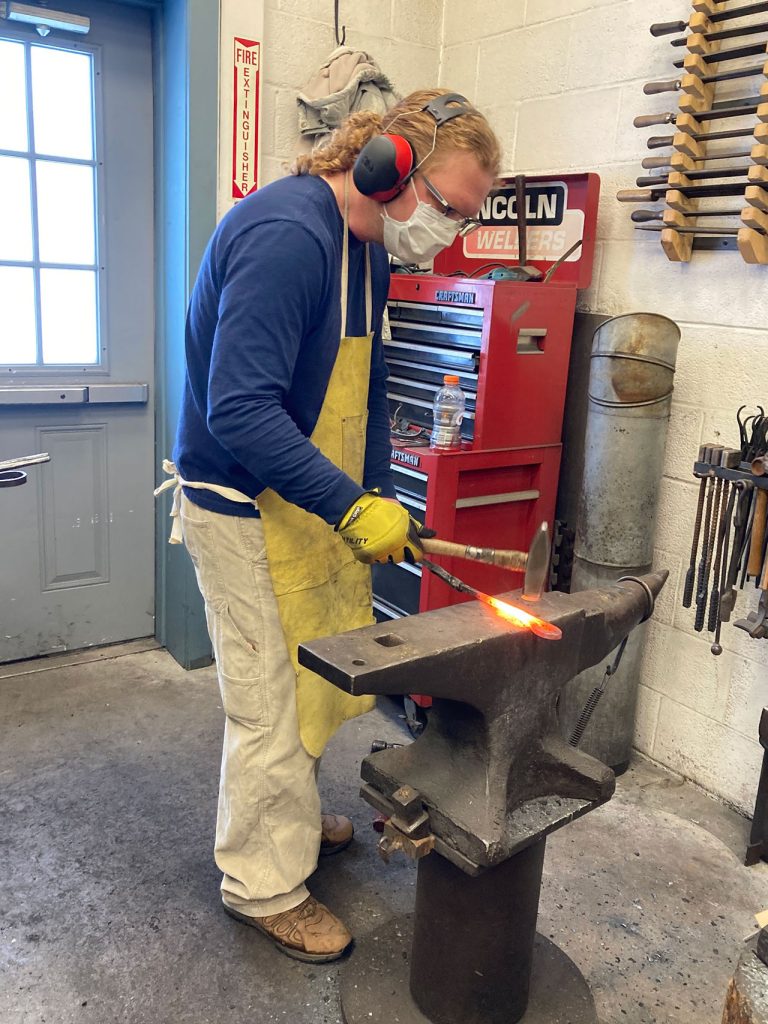
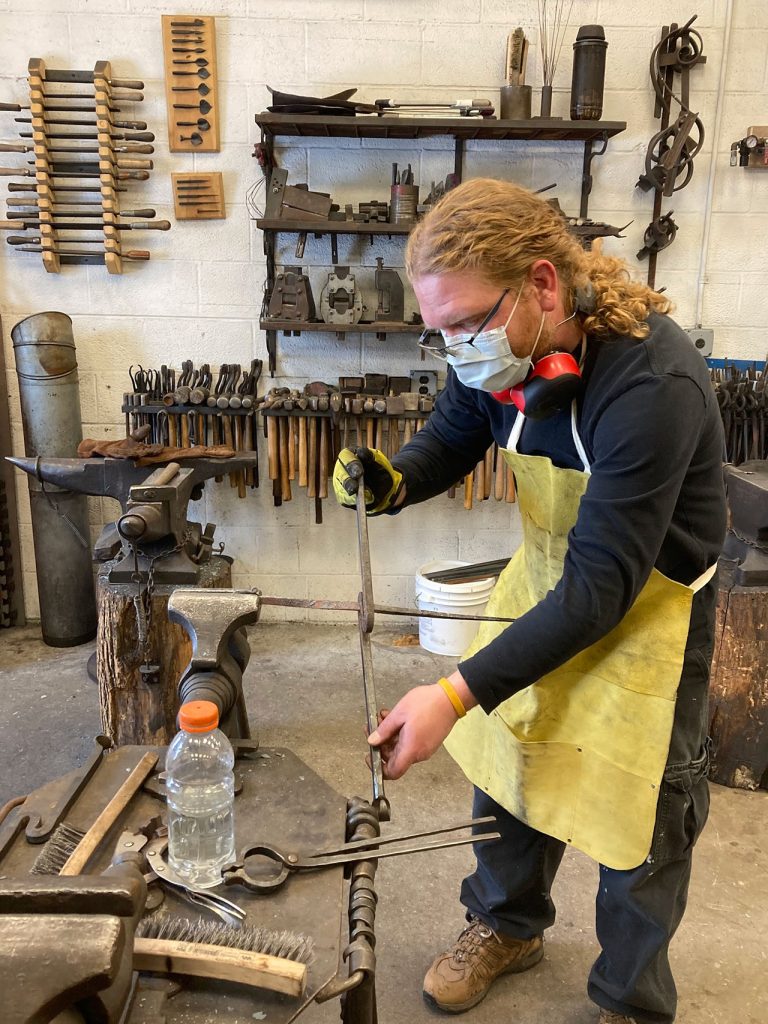
I love watching YouTube videos to learn, but the thing many of them do not do is tell you how to fix the problems you may encounter.
Taking a blacksmithing class also really helped with the learning processes. There’s a lot of things that seem simple to make, but as you try you find yourself struggling with which order you should do things to make it easier.
My teacher did a great job breaking things down into each element and why you should do what when. Having a proper flow to the forging process just makes life easier.
The class was expensive and finding a blacksmithing class isn’t readily available for a lot of people. I live in Maine and we had people come up here for the class from New York and New Jersey if that’s any indication how rare it is to find them.
If you can find a blacksmithing class and you can afford it, then by all means take it!
I also have an article on the value of taking a blacksmithing class.
Work on Your Hammer Technique
Hammer technique is extremely important. It can be the difference between making something well and ruining it (I know firsthand).
The important thing is to land your hammer blows with the face flat against your work. Any slight angles in the hammer, at least not when intended, can leave marks you don’t want or even skew a square bar making it a trapezoid.
With all of this is how hard you’re hitting. Most of us think that you need to really lay into the the metal with the hammer to shape it but that’s not true.
Don’t make the mistake I did early on and try to beat the metal to death. Not only will it potentially ruin your work but it can ruin your arm. For a good year my elbow was constantly sore. I was using poor hammer technique and that revealed itself with elbow pain.
My elbow has finally healed and the pain is no longer there but I remember it well enough to know that I need to pay attention to what I’m doing to avoid injury.
You don’t need to constantly hit the metal as hard as you can. Sometimes you need to, but more often than not you can strike with less strength and get the results you need.
Blacksmithing is a marathon and not a sprint. Taking more time to get things right, with less mistakes, and avoiding injury is far more beneficial than getting a piece completed a little quicker.
The strength of your blows will improve with time and practice. As you build muscle and muscle memory you’ll find yourself able to swing harder and with more control than you did when you started. Don’t force it; it will come.
Here’s a great video from Christ Centered Ironworks on hammer technique and control.
Properly Heated Metal Makes Life Easier
Tying in from hammer technique is the temperature of your metal. No big secret here, but the hotter your metal is the easier it is to work with.
It seems obvious I know, but I can’t tell you how many times I got impatient and pulled a piece from the forge before it was at a proper temperature to work on it.
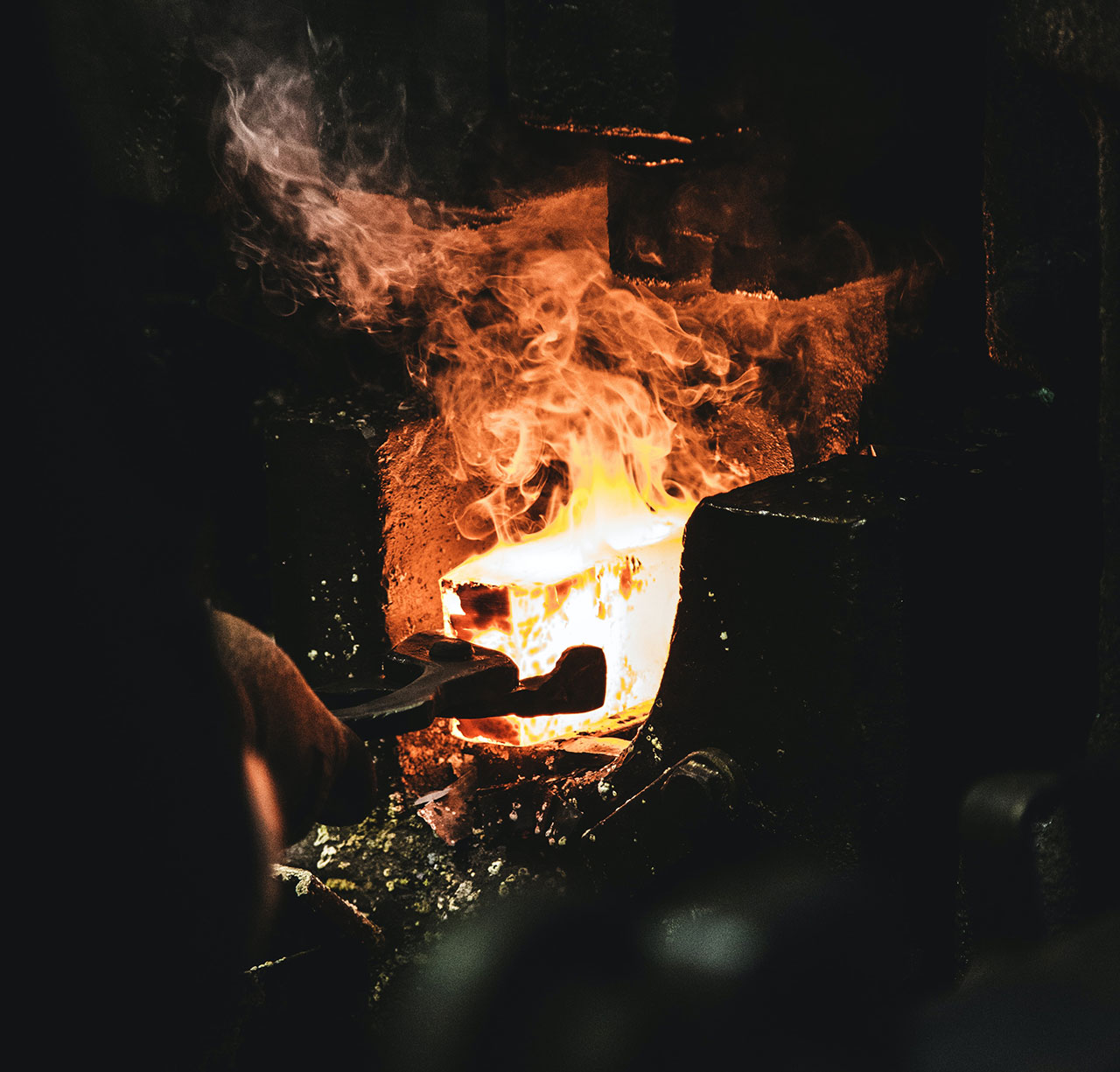
You can do it of course but you have to work twice as hard. It’s better to wait another 15-20 seconds on a heat to have something easier to work with than getting impatient and putting in extra effort for it.
Let the metal get up to a bright orange at least. If you’re getting close to yellow or at yellow, then that’s good as well; even better normally.
Sometimes Cooler Metal is Better
Not a contradiction to the above but sometimes having metal that’s cooler can be easier to do certain things with. Heck, some adjustments are better made when the metal is completely cold.
The biggest reason I’ll let metal cool down a bit is to do cleanup or to dress a piece. I’m still working on my hammer technique and there’s times when something isn’t as even as it could be.
For example, if I’m working on an aggressive taper I’ll lay into the metal more than usual to work the taper. The result of that is often some bumpy spots where if you look at it from the side you’ll see it’s not a nice even transition.
To address this I will continue to work the metal as it’s cooling down and is below normal forging temperature. The cooler metal doesn’t move as easily but I find it’s great for working out things like small unevenness, at least if it’s not too uneven.
I do this a lot to just clean things up a bit (called planishing), smooth things out, and do some minor straightening. Trying to straighten out a piece of metal that’s at forging heat when you only need to adjust it 1/16″ or 1/8″ can be counter-productive as the metal just moves too much and too easily.
You can find yourself overcorrecting. Let the metal cool down a bit to a red or dull red and then use light blows for small adjustments.
Find a Mentor and/or Community to Learn From
This doesn’t have to be a mentor you know in person. It can just as easily be someone on YouTube or a website that has great blacksmithing articles. You can find blacksmithing forums as well if you’re more old-school, or Reddit if that’s a community you already frequent.
The idea is to find someone or a community to learn from who has experience and is great at teaching. My mentors are all from YouTube and where I’ve learned a lot of what I know.
Black Bear Forge
Black Bear Forge is my go-to when I want to learn something. John is a great teacher as well as blacksmith. His YouTube channel is focused on teaching with a ton of very easy and approachable projects to learn with.
I can’t recommend checking Black Bear Forge out enough.
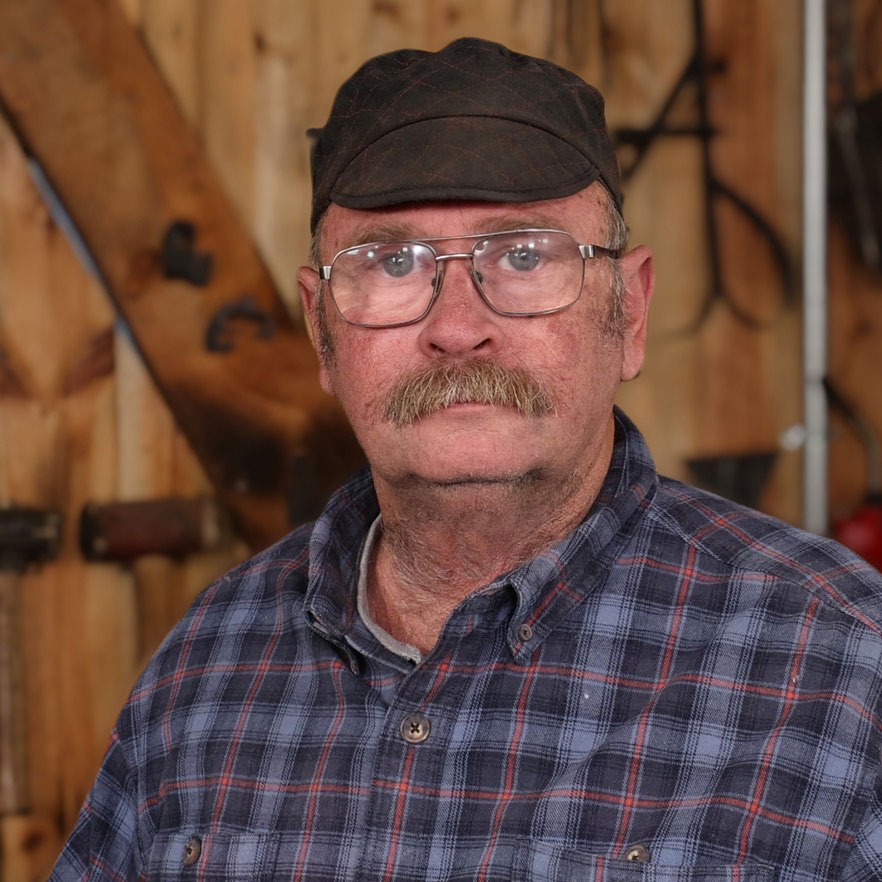
Christ Centered Ironworks
Another great channel for beginner smiths with Christ Centered Ironworks. Roy is also a great instructor with great videos stepping you through an entire process with explanations.
Definitely check our Roy’s videos.
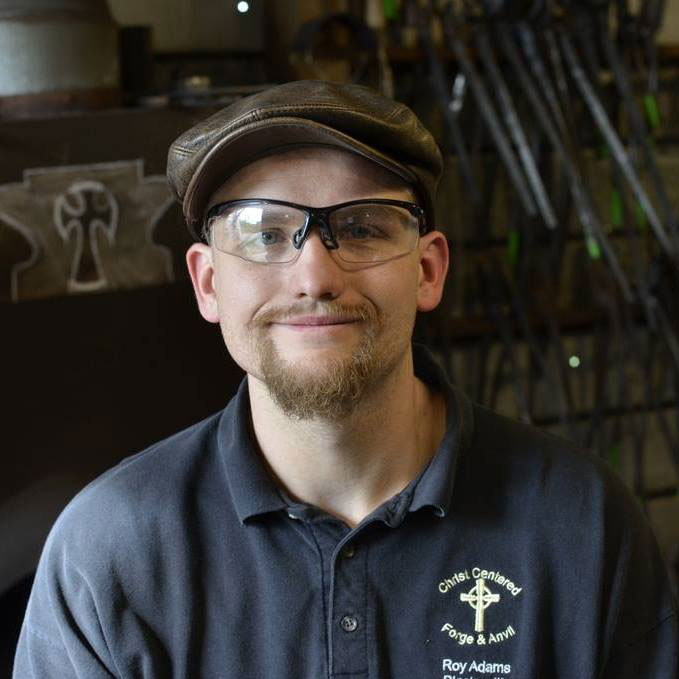
Push Yourself to Get Better
Making hooks is great. Eventually though you’ll have grasped all the basics from it and can make a hook in your sleep. At that point you need to find something else to tackle; something that challenges you some.
There’s a fine line between finding something to work on that’s challenging but within your skillset and something that’s just beyond reach. Going from making hooks to forging barn door hinges is probably too big a jump, but a fire poker or a bottle opener would be a good step.
Challenges are what pushes us to become better at something. It also makes things more interesting and keeps you interested and engaged in the process.
Don’t ever feel like you’ll never be able to forge something.
Sure, there’s some daunting projects out there that are impossible to wrap your head around now. However, in time and with more experience you’ll find yourself able to think through the process and break it down to understand it.
Don’t ever settle and feel you can only be so good at blacksmithing. You’ll only ever be as good as you feel you can be. Improving at anything starts in your mind and translates into your work.
Keep at it!
If you’re anything like me, then things don’t often come naturally for you. Anything I’m half-way decent at has taken me a lot of practice. If I’m actually good at something, then it’s years of experience that got me there and not some innate ability with a skill.
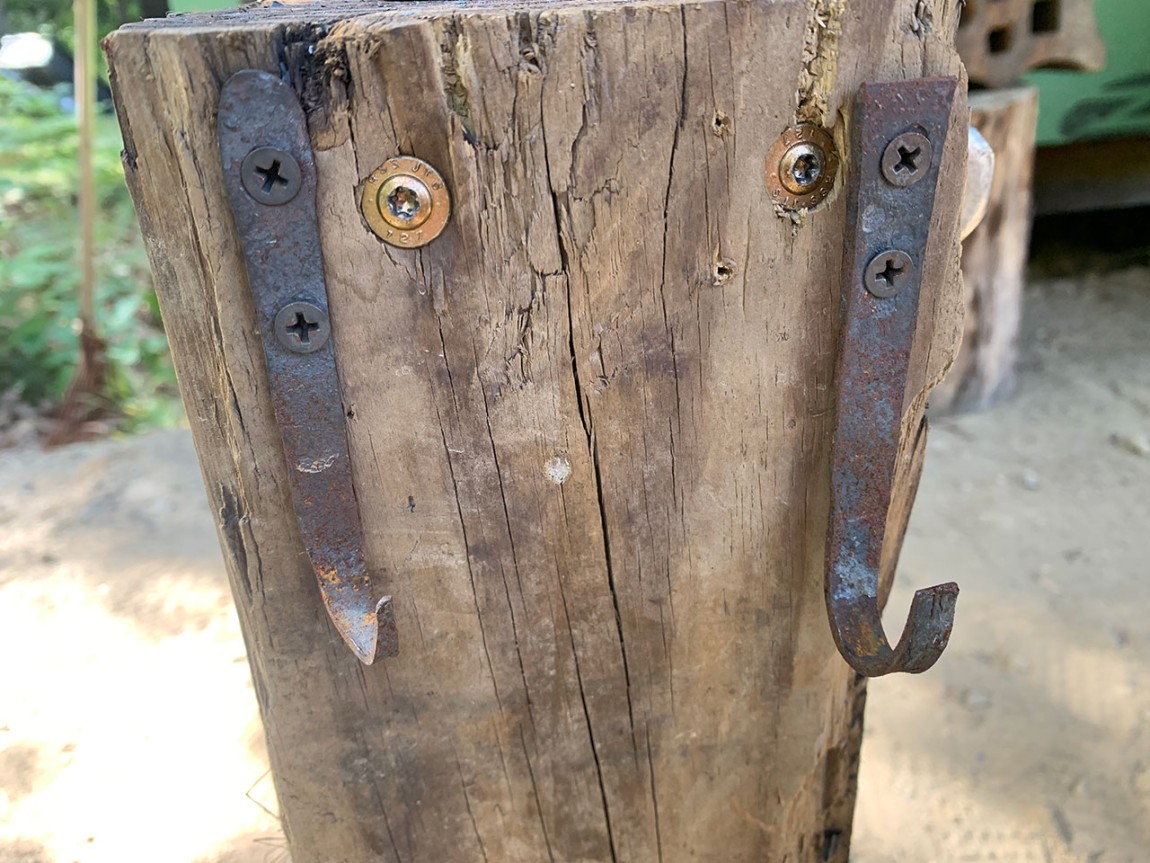
Learning to blacksmith can be frustrating. I cannot tell you how many projects I’ve worked on that were 90% done and I screwed it up beyond repair, I broke it, or how many things I’ve made just didn’t quite do what I needed them to – it’s countless.
There have been some days I’ve forged where nothing worked and came out right. It’s disheartening and makes you feel like quitting. I’ve walked into the house from the forge after one of those days and my wife always knows and asks, “Whats wrong?”
However, after a day of wallowing about it I will research where I went wrong, find a new approach, and try tackling it again another day.
It’s through these failures that we learn. I feel it’s more important to learn the hard way and make mistakes than to always get it right the first time. Failing teaches us why something doesn’t work or why another approach is better.
It’s a tough pill to swallow at the time, and I won’t pretend it doesn’t still piss me off at times, but it’s the nature of the craft and we have to learn to accept it to grow.
Those tough days though make the good days that much more rewarding. Spending a few hours forging and everything comes out well and in a reasonable time is a great feeling made better because you know just how hard to tough days are.
Conclusion
I could no doubt come up with more tips for improving as a beginner blacksmith but I feel this covers the basics well.
Also, if you’re still new into the hobby, or maybe you’re thinking about getting into it, then I’ve got an article on how to get started blacksmithing as well.

